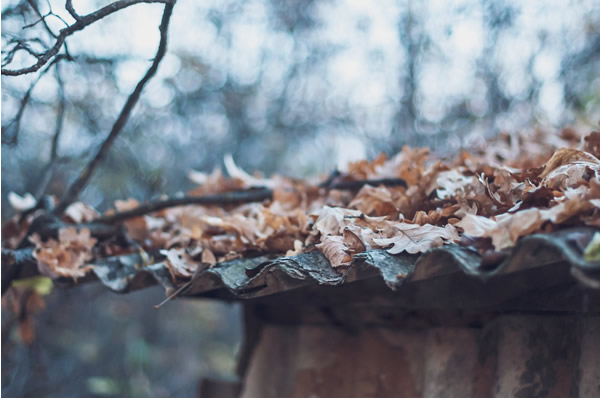Best Waterproof Shed Roof Covering
Author: Dan Stout | July 10, 2020
Perfect for storing everything from plants and tools to lawnmowers and toys, a garden shed is a useful and attractive addition to any property. But in order to keep that storage space dry, you'll need to use a waterproof shed roof covering.

There are three key steps to keeping a shed dry: planning, construction and maintenance. With a focus on initial planning and maintenance, learn how to waterproof an existing metal roof for your shed.
Proper Planning
To achieve a truly waterproof shed roof covering, consider the shed's location in relation to other buildings, the sun and any nearby trees. An environment that balances sun and shade can contribute to a long life span for the shed. Conversely, the best roof in the world won't help a shed built in an area with poor drainage, as water will seep in through the structure's foundation.
Sheds can have a variety of roof materials, but the most common types are corrugated metal or plastic, asphalt or cedar shingles. Modified bitumen is sometimes used, though it's more popular in the U.K., where it's commonly known as "felt roofing." (Not to be confused with roofing felt, which is used in the U.S. as an underlayment.)
Maintenance and Weatherproofing
All roofs should be regularly inspected, and sheds are no exception. Look for excessive wear and signs of moisture infiltration, such as water stains and warped or expanded wood. Since sheds are frequently below the tree line, watch for damage from fallen limbs as well as plant and tree growth that intrudes on the shed. Excessive vegetation can prevent air circulation and retain moisture on the surface of the shed roof and structure.
It's worth noting that no surface can be assumed to be 100% waterproof. If water gets behind your roof shingles, it should be able to flow out on its own and not get trapped between the shingles and sheathing. When caulking or sealing during maintenance, remember to leave an escape route for drainage.
Repair or Replace?
There will come a time when you'll have to ask yourself whether it makes more sense to spend time waterproofing your existing shed roof or to simply tear it off and replace it. The answer depends on the condition and nature of the roofing material itself. For example, it's easier to replace modified bitumen than clay tiles.
Metal roofing is an ideal candidate for repairs. A common source of metal roof leaks is deteriorated rubber gaskets on the roof screws. Many homeowners find it useful to raise the screws out by a few threads, apply a little clear silicone caulk, then reset them. You can also seal any seams along the sheets, but be sure to use a sealer that's designed to adhere to metal and has the flexibility to withstand the severe expansion and contraction of metal roofing. Finally, you can top the roof with an elastomeric sealer or paint, depending on your preference. Again, be sure to use materials designed for a metal roof to ensure a solid seal that will last for years.
It goes without saying that safety matters, even on a small shed roof. Practice proper ladder safety, and never climb onto a shed roof that is wet, slippery or unable to support your weight.
Luckily, the small size of most sheds means that no matter what material your roof is made of, it's relatively easy to maintain. Combined with regular inspections, take the time to decide whether a potential repair is something you want to tackle on your own or if you'll need to bring in a pro.